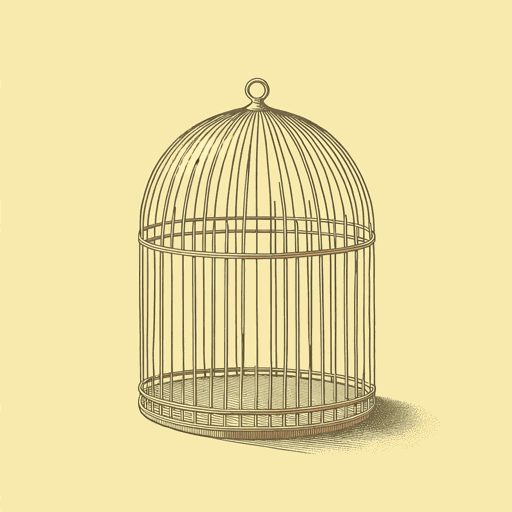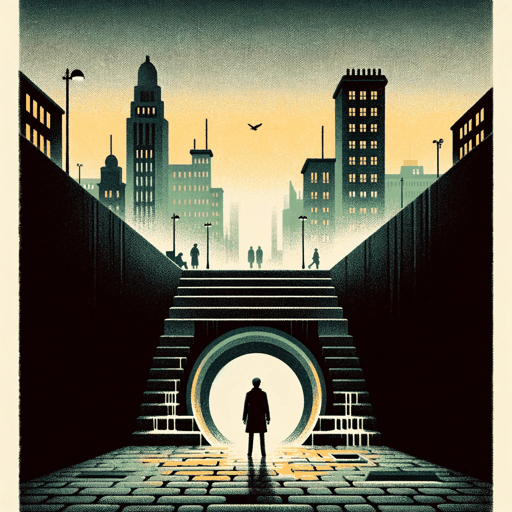28 pages • 56 minutes read
Richard WrightThe Man Who Lived Underground
Fiction | Short Story | Adult | Published in 1942A modern alternative to SparkNotes and CliffsNotes, SuperSummary offers high-quality Study Guides with detailed chapter summaries and analysis of major themes, characters, and more.
Symbols & Motifs
Religion
Throughout “The Man Who Lived Underground,” Fred is near religion but rejects it or is rejected from it. The first connection to the aboveground that Fred encounters underground is a church. He hears the singing of a hymn and is excited to try to see it. But what he sees seems “abysmally obscene to him” (24). He begins to feel pain at the sight of Black people “groveling and begging for something they could never get” (25) and starts to hope they’d stand “unrepentant” due to the lot they’ve been given in the world. For Fred, religion has no point given that he has begun to experience something truer than he felt aboveground. The images he sees underground seem to link together in “some magical relationship” (51) that he can’t articulate. Like the money he steals—money that means nothing underground yet fascinates him due to its power aboveground—religion seems pointless to him underground. Later, aboveground, he enters the church and wants to tell the churchgoers something: “What? He did not know; but, once face to face with them, he would think of what to say” (67). Before he can even try to say his truth, he’s thrown out of the church due to his stench and appearance.
Related Titles
By Richard Wright

Big Black Good Man
Richard Wright

Big Boy Leaves Home
Richard Wright

Black Boy
Richard Wright

Bright and Morning Star
Richard Wright

Native Son
Richard Wright

The Man Who Was Almost a Man
Richard Wright

Uncle Tom's Children
Richard Wright

